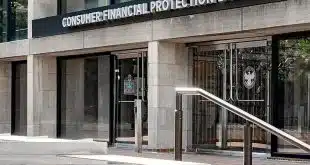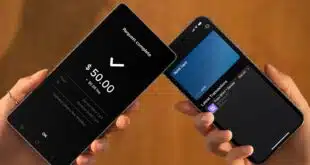By Jim Daly
n
A new research report from Celent LLC estimates that the number of consumers using the mobile variant of remote deposit capture (RDC) nearly doubled in 2013 and predicts that users will triple by 2016 to 61 million. Along with documenting its growth, however, the report says remote capture is sustaining more losses. While these losses are mostly in line with the increase in usage, they are a sign that financial institutions need to keep tight reins on risk control.
n
Report author Bob Meara, an Atlanta-based senior analyst in Celent’s banking unit, says RDC clearly has overcome the early skeptics at banks and credit unions and still has a lot of room for growth. “There aren’t any scoffers any more,” Meara tells Digital Transactions News.
n
In mobile capture, a consumer with a smart phone snaps a picture of the front and back of a check with the phone’s camera and uploads the images for deposit through a financial institution’s mobile-banking application.
n
Meara attributes mobile capture’s recent growth to the increasing base of smart phones in the U.S. and marketing moves by early-adopting banks such as USAA and JPMorgan Chase & Co. a few years ago, seeding the market for future growth. “A handful of big banks spent a lot on advertising,” he says, adding that executives from many other banks and credit unions are saying, “My customers are inundating me, or my members are inundating me” with requests for mobile capture.
n
According to estimates and predictions derived from a Celent survey of remote-capture vendors about recent and future financial-institution demand for their services, some 20 million consumers used mobile RDC last year compared with 10.9 million in 2012 and only 2.2 million in 2011. Meara predicts the mobile user base will increase to 33 million this year, 47 million in 2015, and 61 million by 2016.
n
Only an estimated 2.1 million consumers used the older desktop (scanner-based) form of RDC last year, not quite 10% of the total consumer user base of 22.2 million. The mobile and desktop user bases were equal at 600,000 apiece in 2010. Celent predicts consumer desktop users will increase to only 2.4 million by 2016, accounting for just 4% of a user base by then numbering 63.5 million. Financial institutions are now focusing desktop RDC mostly on business customers. The RDC market for larger businesses is mature, but simple services for small businesses could garner strong new demand, Celent says.
n
Meanwhile, based on a survey of 266 financial institutions in October, Celent detected an increase in RDC losses, though it says the increase is mostly in line with growing usage. Some 77% of financial institutions said they suffered no RDC losses in the current year, down from 89% in both 2012 and 2011. Nine percent of respondents said they had only one loss incident last year, up from 5% in 2012, while 12% said they had “several loss incidents,” double the 6% reporting so in 2012. Two percent reported recurring loss incidents in 2013 compared with 1% the year before.
n
Consumers accounted for 48% of RDC losses, up from only 16% in 2012, while the share of losses from small and larger businesses declined. Some 70% of last year’s losses arose from duplicate presentment of the same check, the only loss mechanism truly unique to RDC, Meara says.
n
While only about 5% of banks and credit unions said losses last year exceeded their risk thresholds, institutions still need to stay on top of risk control says Meara. “There’s a lot more they could be doing,” he says. In addition to carefully watching for duplicate deposits, he says RDC risk management should include parameters for customer eligibility, enforcement of deposit limits, and a number of related controls on endorsements and amounts.
n
Vendors are responding with a new emphasis on risk control in their products, according to Meara. “There will be a lot of upgrades of existing solutions … and new ones,” he says.




